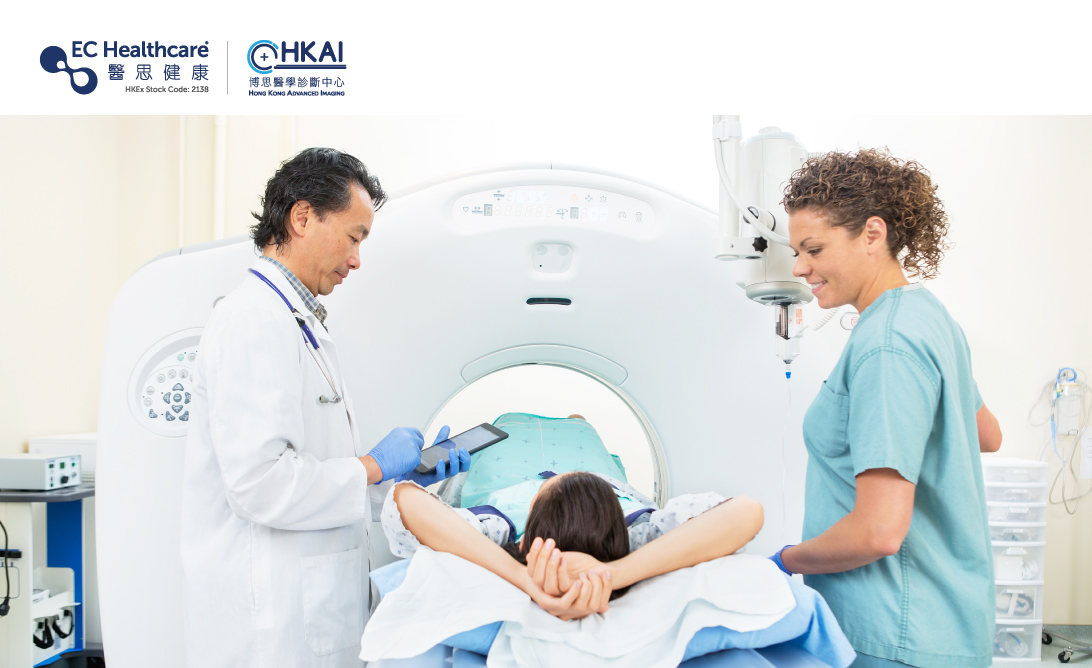Bile Duct Cancer: Why Early Detection is Crucial


Cancer is notorious for hiding, making it a challenge to detect until it's in its advanced stages. Unfortunately, bile duct cancer is not widely known, and its symptoms can be easily overlooked. By the time it's diagnosed, over 60-70% of cases have progressed to advanced stages, with less than 10% of patients surviving for 5 years. In fact, the mortality rate of bile duct cancer is on par with that of the "king of cancer", pancreatic cancer.
What is the bile duct? What is bile duct cancer?
Bile duct cancer includes intrahepatic bile duct cancer, extrahepatic bile duct cancer, gallbladder cancer, and ampullary cancer. Interestingly, despite being a distinct type of cancer, bile duct cancer is classified under liver cancer among the top ten cancers. The bile duct plays a crucial role in transporting bile throughout the body. This system is distributed throughout the liver, starting from the microtubules on the surface of liver cells, converging into small bile ducts, and finally into the left and right intrahepatic bile ducts. These ducts exit the liver and form the common hepatic duct, which combines with the cystic duct from the gallbladder to form the common bile duct. This duct ultimately connects to the duodenum, allowing bile to aid in digestion.
The liver is responsible for producing bile on a daily basis, which is then transported through the bile duct to the gallbladder located just below the liver, where it is stored. When a person consumes food containing fats, the gallbladder contracts and squeezes out bile, which is transported through the bile duct to the duodenum. Bile plays a crucial role in breaking down fats and aiding in digestion. The ampulla of Vater is situated within the digestive tract at the junction where the pancreatic and common bile ducts meet. It opens into the wall of the duodenum, allowing the digestive juices secreted by the pancreas and the bile produced by the liver to converge in this location before flowing into the duodenum to aid in digestion.
Early warning signs of bile duct cancer
This cancer can be challenging to detect in its early stages. This is because the early symptoms are often similar to those of common gastrointestinal issues, such as inflammation, discomfort, and even gallstones. Some of the symptoms that may be present include:
-Upper abdominal pain, bloating
-Nausea, vomiting
-Decreased appetite
-Weight loss
-Itchy skin
-Fever
-Jaundice
-Dark urine
-Light-coloured stools
-Abdominal lump or mass
It is recommended to seek medical attention promptly for further diagnosis if experiencing the following symptoms: weight loss of 5% or more within 3 months; persistent upper abdominal pain; and yellowing of the skin or eyes lasting for more than 2 weeks.
Immunotherapy: a new beacon of hope for bile duct cancer patients
In the past, the prognosis for patients with bile duct cancer was often bleak, with survival periods rarely extending beyond one year. However, in recent years, a new trend in cancer treatment has emerged: immunotherapy. This cutting-edge treatment has shown promising results in clinical applications and has brought new hope to patients with advanced cancer. The principle behind immunotherapy is to harness the power of the patient's own immune system to recognize and eliminate cancer cells.
Clinical data has shown that a combination of immunotherapy and chemotherapy can significantly reduce the risk of death for patients with bile duct cancer. In fact, about 30% of patients have experienced significant tumour reduction, with overall survival periods exceeding one year. Even more encouragingly, over 25% of patients have survived for more than two years, which is a significant improvement. It's our hope that this therapy can be expanded to other types of cancer in the future, bringing hope to patients around the world who are battling this disease.If you want to know more about immunotherapy, welcome to inquire.









